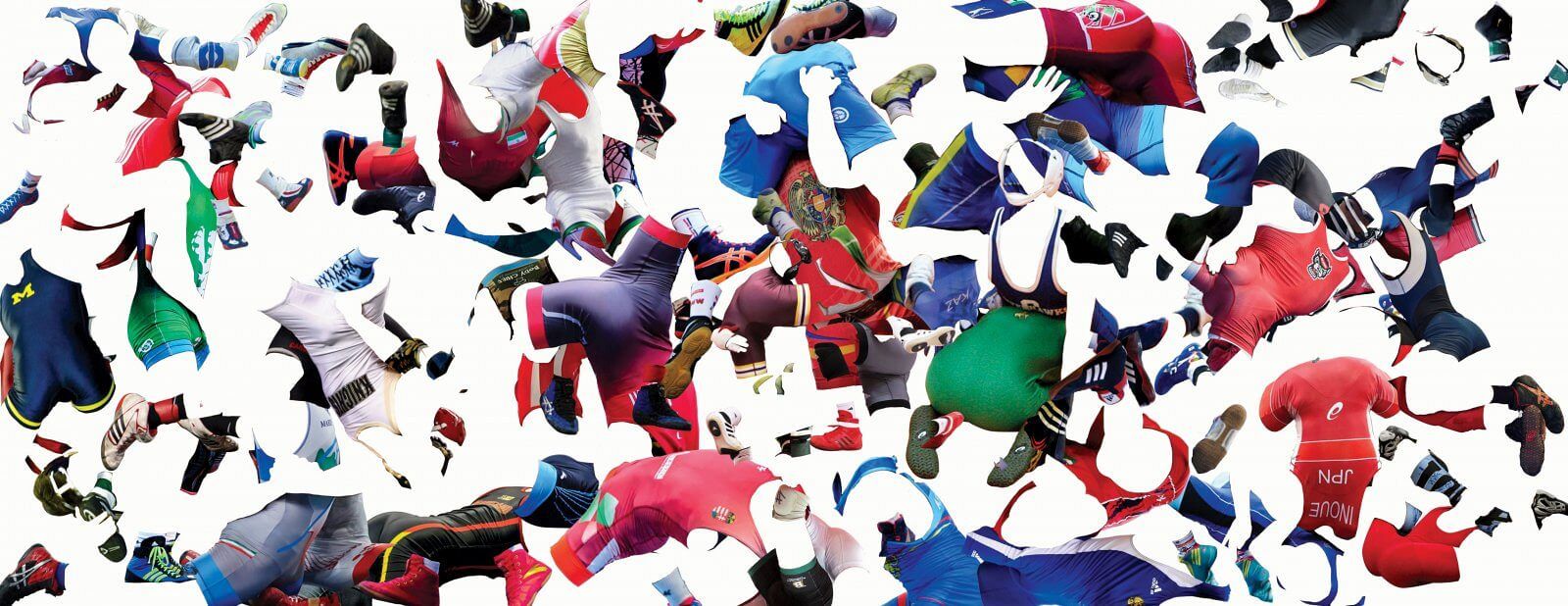
My practice involves drawing, understood as a mindset that allows approaching the world that surrounds me. When I draw, I study an object, a subject, or a topic, and the result of that reflection is a temporary though express in a visual form. With this, I am trying to say that my drawings are not final pieces that condensed an opinion or expression, but comments on ongoing thoughts drawn from my interests in masculinity, sexuality, desire, gender, nature, and colonialism.
As part of my practice, I use mediums such as video, voice, and texts, but I must admit that the way I approach them is heavily influenced but the mindset of someone who draws. When I have no idea what to do, I draw; When I have ideas, I draw them.
GRADUATION PROJECT
A Soep is focused on masculinity and the representation of the male body, a playground where culture, race, sexuality, class, power, and gender interacts. I understand masculinities as patterns that repeat in both forms and time. Those patterns cohabit or oppose each other, travels between continents looking for allies, eating bodies. Then, I am studying the representation of the athletic male body to cut it, modify it, and animate it in order to see what is possible to do with it: It reveals itself equally as beautiful as terrifying.
In the last decade, we have witnessed how masculinities have been challenged in the public arena. However, this is neither the first nor the last time in history masculinities have been dared. Through the constant reproduction of their forms, traditional masculinities have found a way to regenerate themselves. Hence, how can we avoid this new crisis to become the start of a fresh and stronger era for hegemonic masculinities?
THESIS
Es Agua. On guys, muscles and jumping between two continents.
The aim of this research is to have a better understanding of masculinity. In order to do so, I first review the representation of the athlete hero from ancient Greece, to then revise its appropriation by Neo-classicism and the world of 20th and 21th Century fitness. These appropriations, produced mostly in Europe and the United States, have been a big influence as references in my practice, in which I resort to the male body as material for collages, drawings, videos, and texts. Then, by examining how masculinity is understood in Latin America, my region of origin, I explore the possibilities of finding a material from which masculinity is built. Using Antropofagia, the Brazilian avant-garde movement that proposed a metaphorical consumption of different cultures, and the queer/cuir theory of Inti Guerrero and Giuseppe Campuzano, I analyze (eat) two cases of study: Flávio de Carvalho’s New Look and Dorian Electra’s songs Career boy and Man To Man. Based on these analyses, my research proposes masculinity as a liquid, mutable, unlocated social construction that is, on itself, queer. The findings point to a more nuanced definition of masculinity that is as potentially exciting as challenging for my future artistic practice.